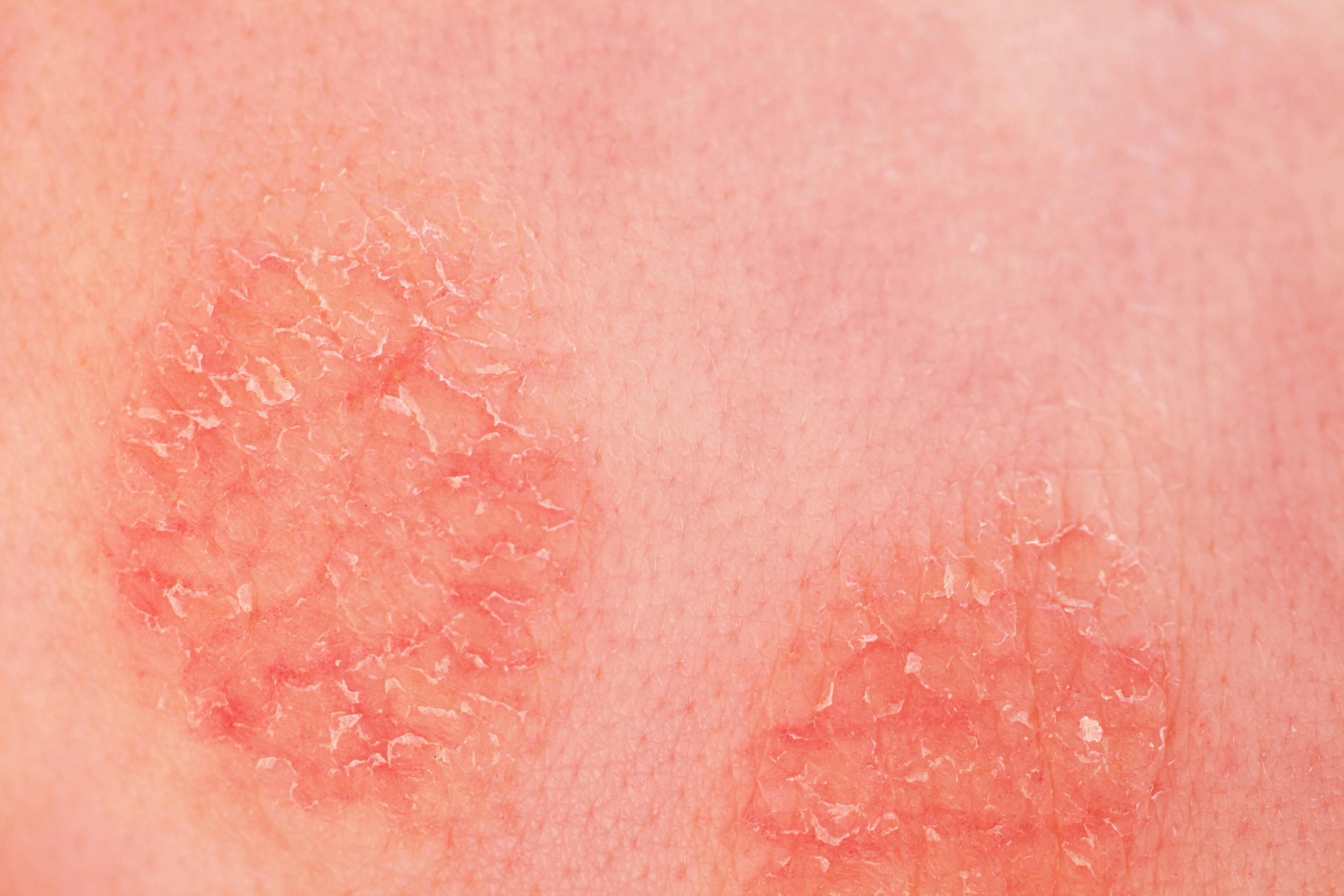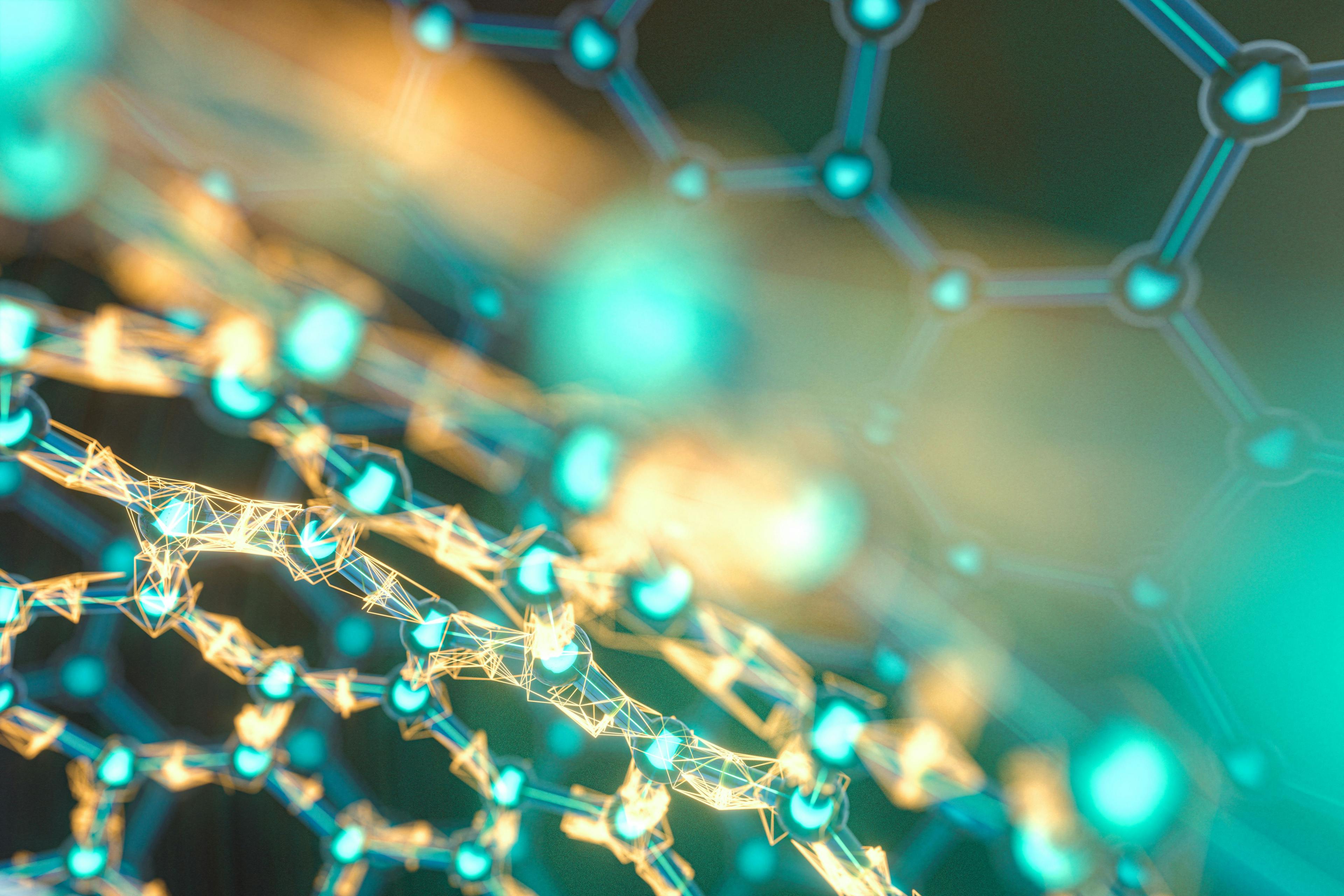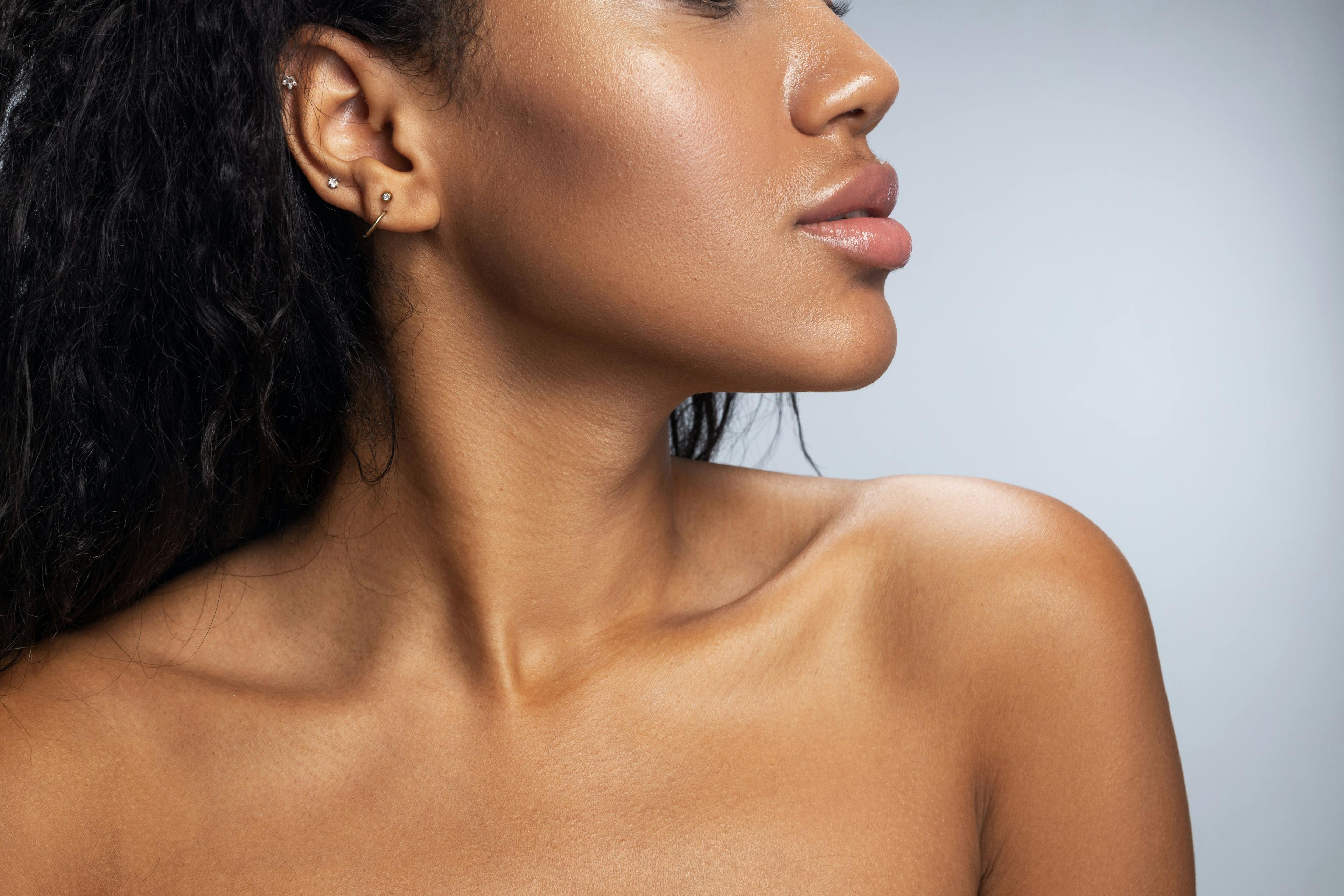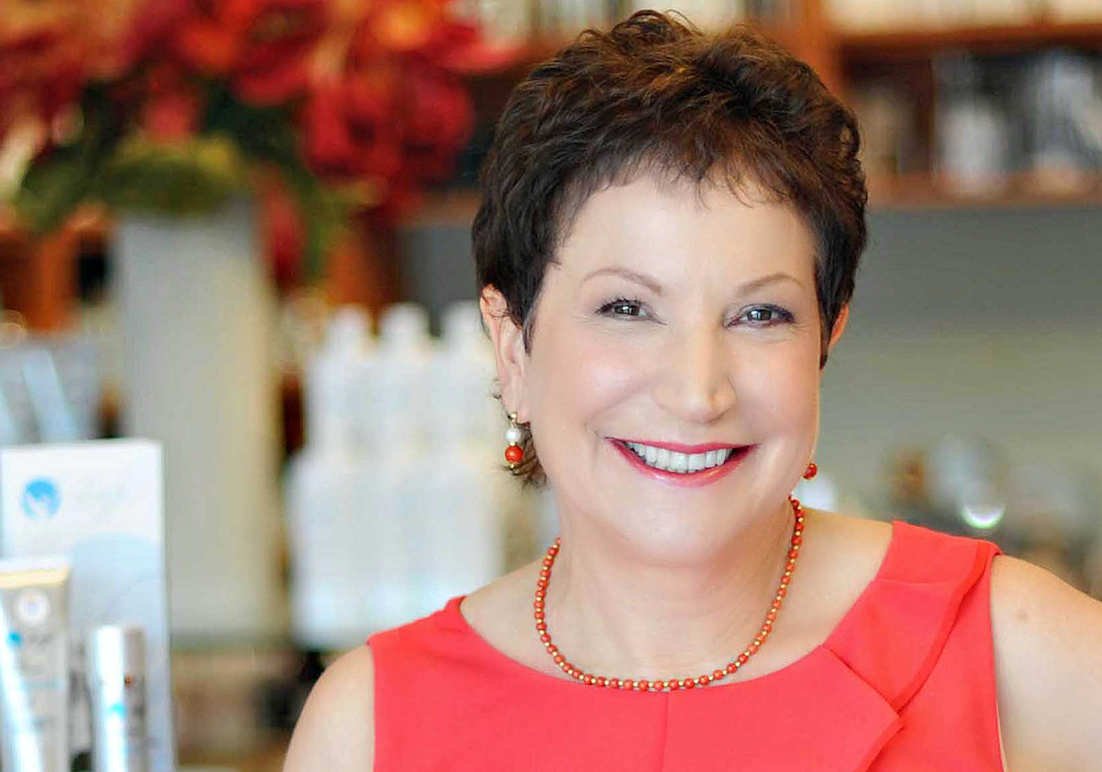- Acne
- Actinic Keratosis
- Aesthetics
- Alopecia
- Atopic Dermatitis
- Buy-and-Bill
- COVID-19
- Case-Based Roundtable
- Chronic Hand Eczema
- Drug Watch
- Eczema
- General Dermatology
- Hidradenitis Suppurativa
- Melasma
- NP and PA
- Pediatric Dermatology
- Pigmentary Disorders
- Practice Management
- Precision Medicine and Biologics
- Prurigo Nodularis
- Psoriasis
- Psoriatic Arthritis
- Rare Disease
- Rosacea
- Skin Cancer
- Vitiligo
- Wound Care
Publication
Article
Dermatology Times
Nasal Papules Linked to Acne
Author(s):
Nasal papules that are histologically indistinguishable from angiofibroma may be a sequela of acne.
It’s common knowledge that approximately 50 million Americans are affected by acne each year.1 What’s not as well known is that nasal papules may be 1 of its sequelae. According to the authors of a recent single site case series,2 flesh-colored nasal papules are likely to be a sequela of acne, however the authors found them mentioned only twice in the literature.3,4
The authors performed a retrospective review of electronic medical records of patients who had nasal papules in connection with acne vulgaris and had been seen between April 2018 and April 2019. The authors recorded clinical and histologic findings. They found 20 patients who presented with the unique clinical phenotype of nasal papules in the setting of acne. Patients ranged in age from 12 to 37 years, with an average age of 14 at the onset of acne and 16 at presentation.
“The majority of patients were Hispanic (17/20); the remaining were African American (2/20) and Asian (1/20). Seventeen of the patients were male, and 18 patients had concurrent acne at initial presentation, rated as moderate to severe,” the authors wrote.
The 2 patients without concomitant acne were adults with a history of acne whose papules had appeared along with the acne during adolescence. Patients had been treated in several different ways, including topicals, oral antibiotics, and isotretinoin. None had keloidal or hypertrophic scarring, however, 8 had atrophic scarring on the face. Some also had papules on the chin.
“There was a clinical spectrum that ranged from a few, small skin-colored papules to large, dome-shaped papulonodules to more extensive rhinophymatous-like change,” the authors wrote.
The lesions were biopsied and showed dome-shaped proliferation of spindle and stellate-shaped cells with thickened collagen bundles and dilated thin-walled blood vessels that were clinically indistinguishable from angiofibroma (AF). However, this does not mean that they are AFs.
AF, Papules, and Other Conditions or Disorders
AFs can be features of a variety of other disorders, including tuberous sclerosis complex (TSC), multiple endocrine neoplasia syndrome type 1, and Birt-Hogg-Dubé syndrome. However, the health history and clinical presentation of the papules seen in the case series led the authors to believe that none of these were present, although they caution that without further testing or screening it’s impossible to rule out TSC. With the data collected, they have no reason to suspect TSC in the patients studied.
Causes and Risk Factors
Because this is an underresearched acne sequela, little is known about precise risk factors. Further research is needed to determine why these papules have a predilection for the nose or why they seem to disproportionately affect Hispanic males. The authors noted that it is possible that the mechanistic target of rapamycin (mTOR) is involved. Problems in mTOR signaling may play a role in acne vulgaris in general.
Treatment
These lesions do not respond to conventional acne treatments, according to the authors. Topical mTOR inhibitors, used in the treatment of AFs caused by TSC, have not been tried for acne-related papules. Cryotherapy was not attempted due to the risk of hypopigmentation. One patient underwent treatment with an Erbium YAG laser with good results, and surgical excision and dermabrasion have been used on angiofibromas.
The authors noted that there are limitations to a retrospective study and that a prospective study would be helpful in understanding this disorder.
Differences between acne-related papules and tuberous sclerosis complex (TSC) angiofibromas.

Disclosures:
The authors report no conflicts of interest.
References:
1. Skin conditions by the numbers. American Academy of Dermatology. Accessed May 11, 2021. https://www.aad.org/media/stats-numbers
2. Roman J, Krueger LD, Young TK, et al. The “bumpy” adolescent nose: acne associated angiofibroma-like nasal papules. Pediatr Dermatol. 2021;38(1):45-49. doi:10.1111/pde.14319
3. Gan SD, Graber EM. Papular scars: an addition to the acne scar classification scheme. J Clin Aesthet Dermatol. 2015;8(1):19-20.
4. Ali FR, Kirk M, Madan V. Papular acne scars of the nose and chin: an under-recognised variant of acne scarring. J Cutan Aesthet Surg. 2016;9(4):241-243. doi:10.4103/0974-2077.197075
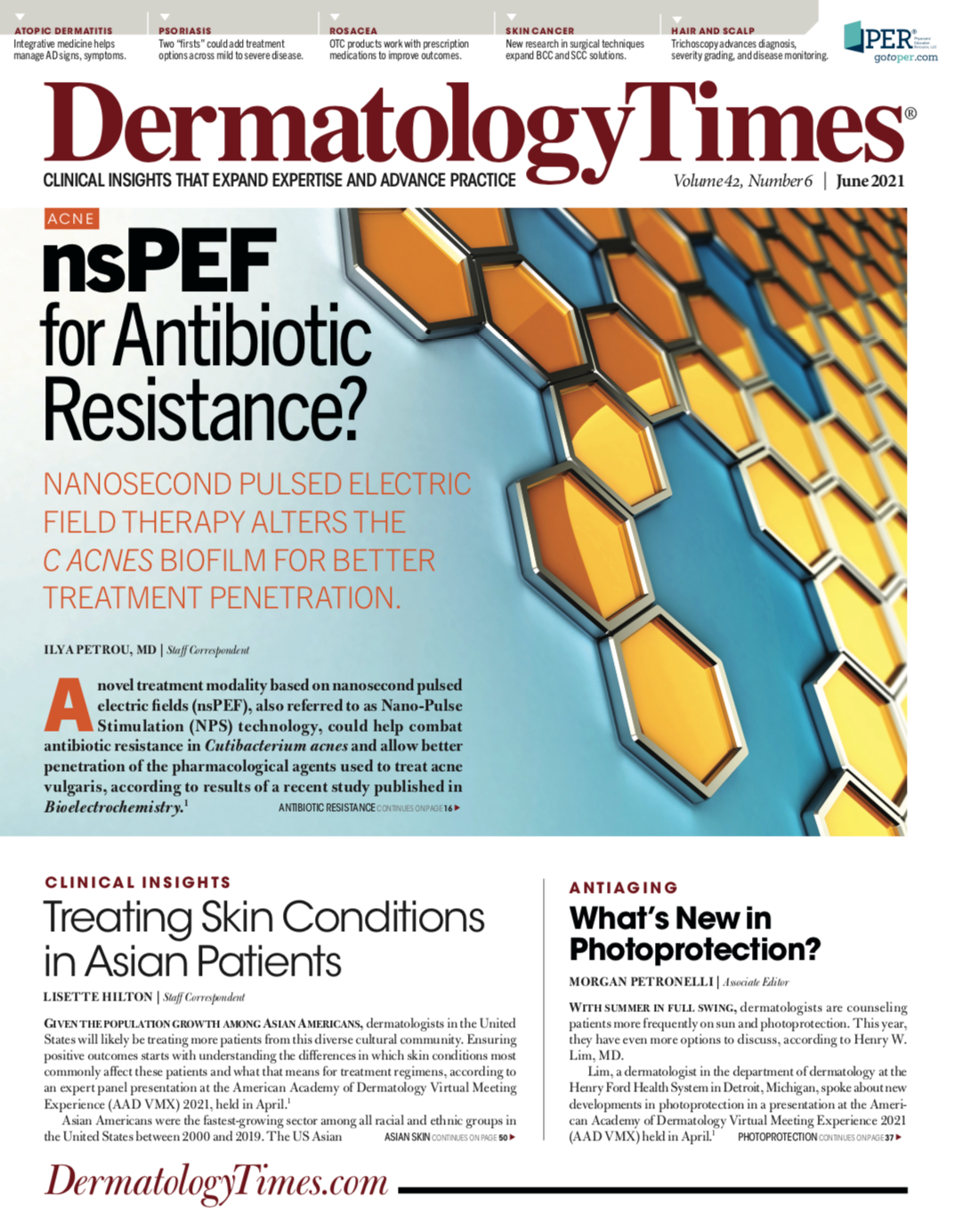
Newsletter
Like what you’re reading? Subscribe to Dermatology Times for weekly updates on therapies, innovations, and real-world practice tips.

